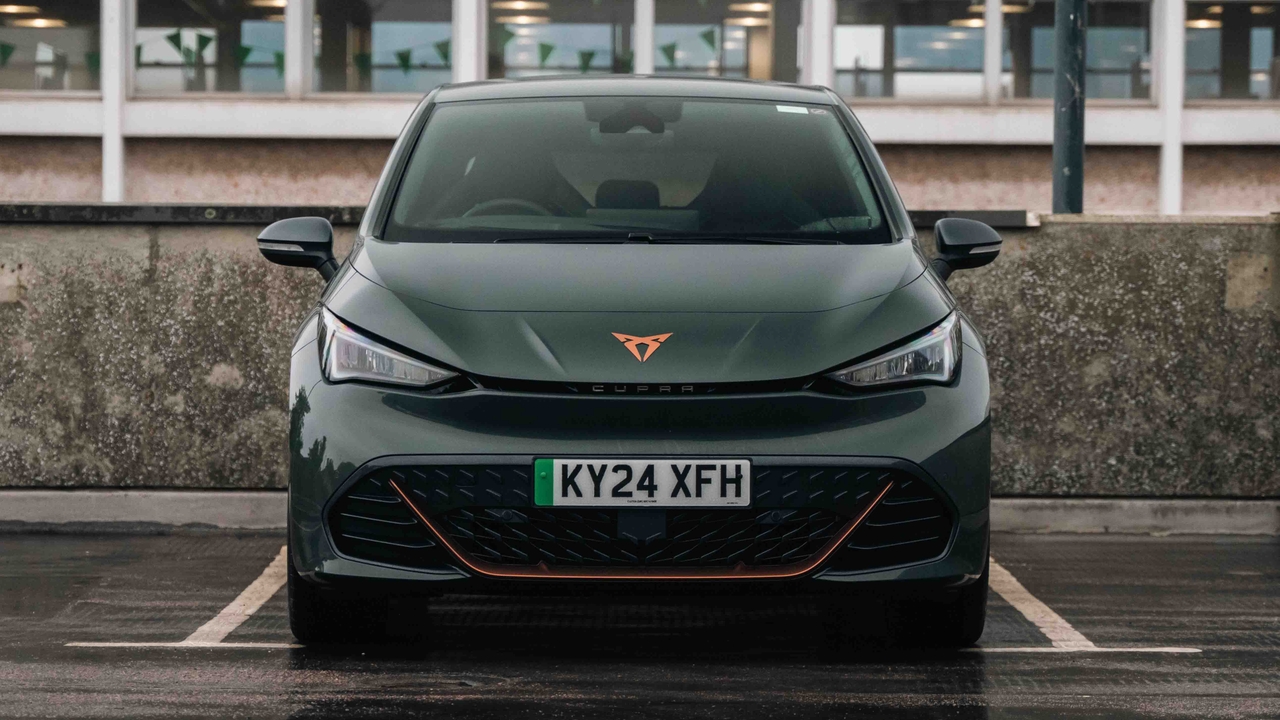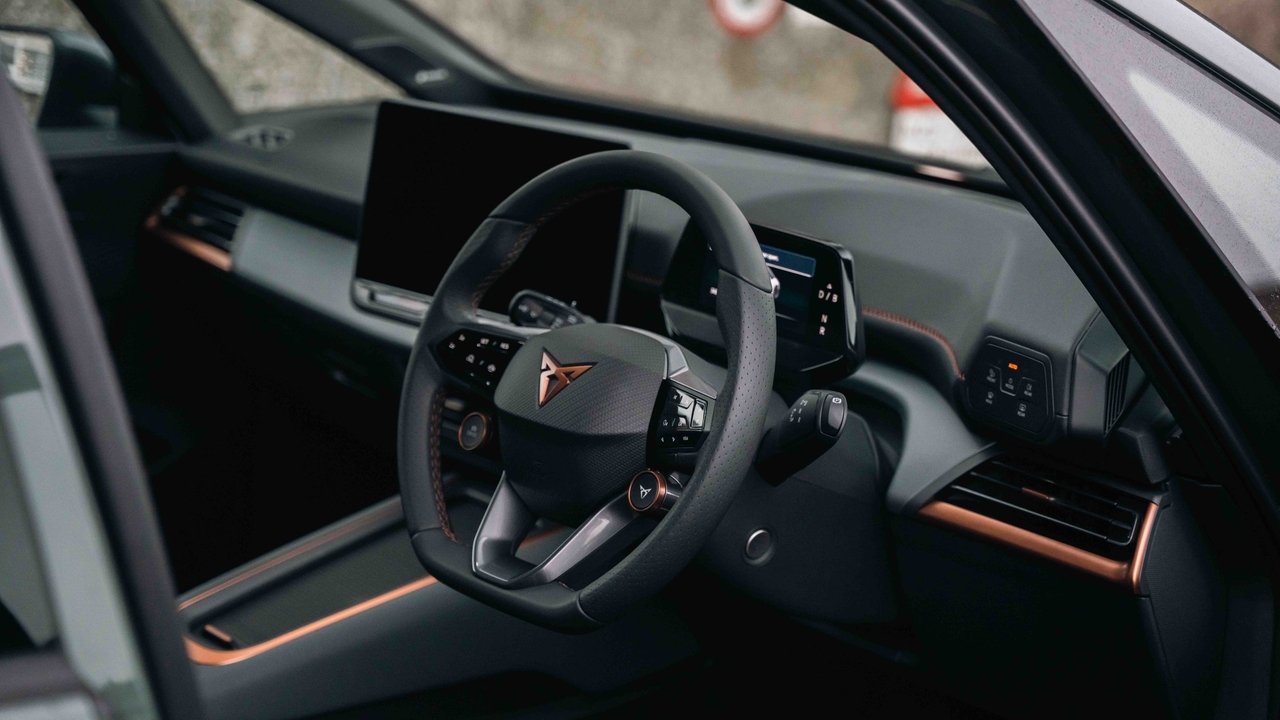Cupra used to be SEAT’s high-performance sub-brand, and the name was mainly used on the hotted-up Leon.
Since 2018, Cupra has been a standalone brand – one that’s now more popular than SEAT. The two are still heavily linked. Partly because Cupra still makes some models that started life as SEATs, and because both brands shelter under the VW Group umbrella and use many of the same parts.
Cupra vs SEAT compared
| Cupra | SEAT |
Pros:
| Pros:
|
Cons:
| Cons:
|
Design

The Cupra Leon and Cupra Ateca kicked off the launch of the new brand, but both are clearly based on existing SEAT models. Cupra versions bring minor bodywork changes, new alloy wheels and a new badge – two Cs joined together in a design that’s a bit like a tribal tattoo.
Cupra’s thing is copper, and its models stand out with copper-coloured accents inside and out. Cupra cars also tend to have a sportier design than SEAT models, with more prominent exhausts and pointier bumpers.
In 2024, the Cupra Leon and Formentor were facelifted, giving them a fresh new look compared to the SEAT Leon they’re based on. Cupra now has a large model range, with a growing number of cars that don’t have a direct SEAT equivalent. Read more about the 2024 Cupra Leon and 2024 Formentor, or check out the new Cupra Terramar.
Engines and driving

Cupra and SEAT both have access to the same VW Group engines. Often, Cupra cars come with the more powerful engine options, whereas SEAT cars are more likely to feature lower-powered, smaller engines. However, both brands use the same 1.5-litre petrol engine with 150hp, which doesn’t feel like much in the sporty-feeling Cupra – not to mention that the same engine will be cheaper in a SEAT.
Whereas SEAT’s lineup features fairly traditional petrol engines and the odd diesel engine, Cupra’s range is a bit more forward-looking. There’s no diesel – your choice for the Cupra Leon, Formentor and Terramar is petrol or plug-in hybrid. Meanwhile, the Cupra Born and Tavascan are fully electric.
Both SEAT and Cupra cars are fun to drive, with accurate steering and crisp gearchanges. The fact that Cupras can have bigger, more powerful engines is likely to mean that keen drivers gravitate towards Cupra rather than SEAT.
Price

Cupra is generally more expensive than SEAT. For example, an entry-level Cupra Leon V1 with the 150hp petrol engine starts from around £31,000, whereas a SEAT Leon in sporty FR trim with the same engine (and free metallic paint) is a little over £29,000.
Cupra’s SUVs generally start from around £35,000, while the SEAT Ateca starts from £28,500.
However, Cupra models are usually better equipped. A Cupra Leon V1 features keyless entry, adaptive cruise control and sports seats, none of which is included on a SEAT Leon FR, and the Cupra also gets bigger wheels and the copper trimmings we mentioned above.
Reliability
Given how closely SEAT and Cupra cars are related, we wouldn’t expect one to be more reliable than the other. Both will be trouble-free for the majority of buyers if properly maintained. But SEAT only offers a three-year/60,000-mile warranty – Cupra gives you five years or 90,000 miles of cover.
Similarities and differences

SEAT and Cupra are both Spanish brands that are owned by Volkswagen. Both use the same platforms – usually VW’s MQB platform for combustion-engined cars and the MEB platform for electric cars – and the same infotainment systems. In fact, most of the interior hardware is shared between the two brands.
VW is putting more effort into Cupra because it’s more profitable than SEAT, which is why Cupra is the brand that’s launching a host of new cars and gaining increasing ground with electrification. SEAT doesn’t offer hybrid or electric cars yet, while Cupra does.
Which is best?
If you want something sporty, then both SEAT and Cupra fit the bill. Cupra is a bit more glam, a bit extra, which appeals to plenty of buyers. Consider Cupra's more futuristic engine range and it's a better choice for company-car drivers keen on tax cuts, too. But for private buyers, SEATs typically offer many of the same parts as Cupras for less – especially on the used market. If performance is a priority, go Cupra, while opt for a SEAT if you want to keep costs low.
Read our Cupra reviews or read our SEAT reviews.

































